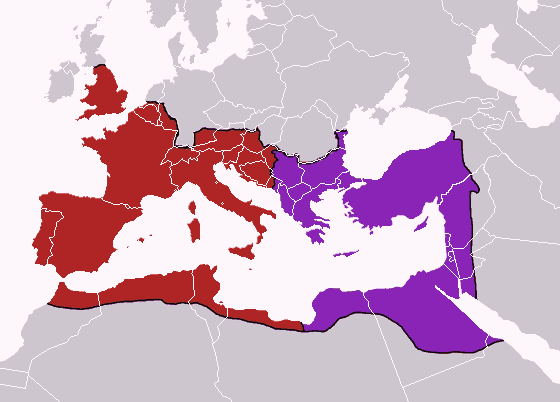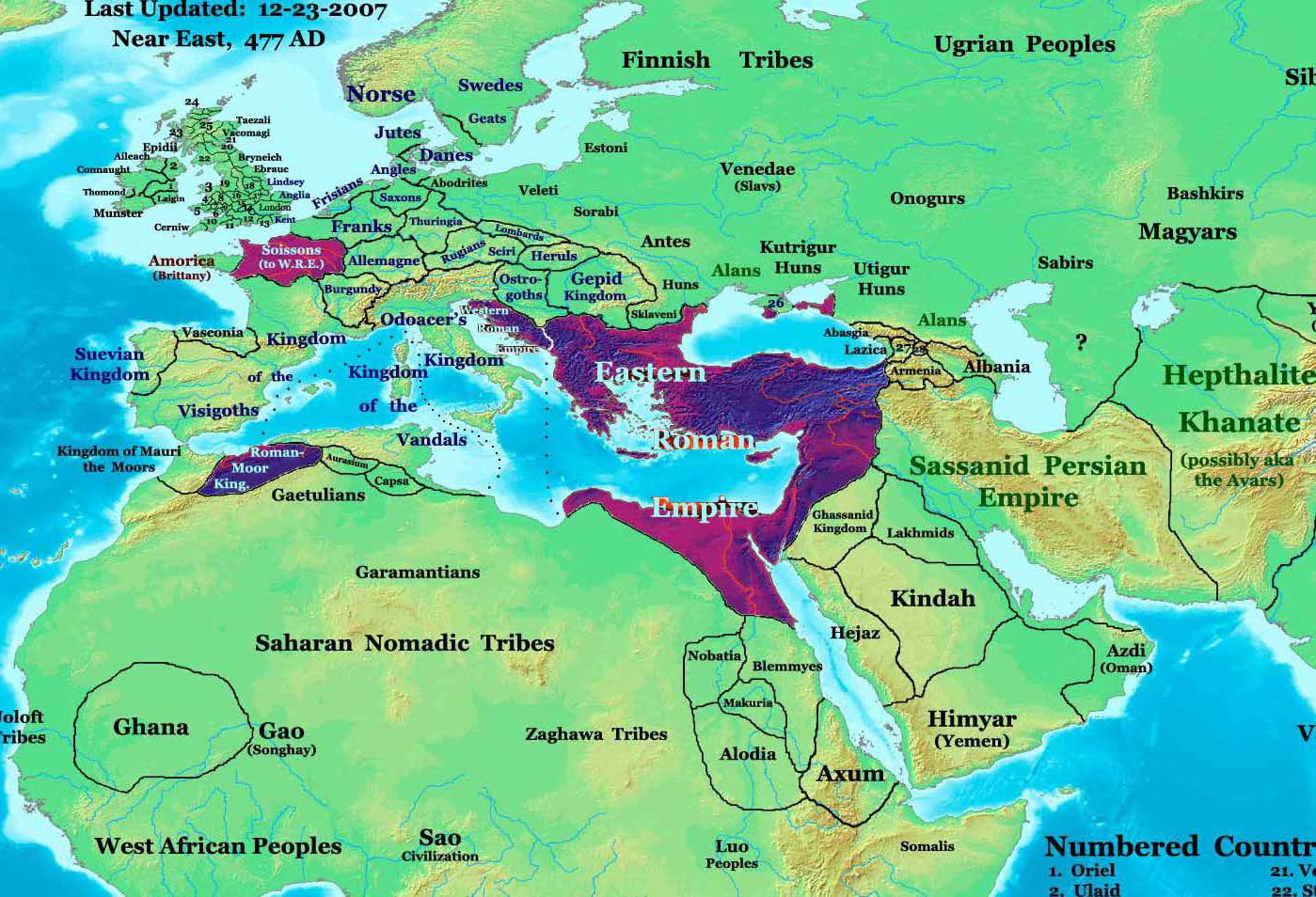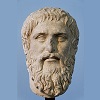6.12: Conclusion- From Late Antiquity to the Middle Ages
- Page ID
- 11300
After the death of the Emperor Theodosius in 395 CE, the Roman Empire became permanently divided into Eastern and Western Empires, with instability and pressures on the frontiers continuing, especially in the West.
The sack of Rome by the Goths in 410 CE, which so shocked Augustine’s contemporaries, was followed by an equally destructive sack of Carthage by the Vandals in 439 CE, as well as continuing raids of Roman territories by the Huns, a nomadic tribe from Eastern Europe, the Caucasus region, and south-eastern China. The Huns experienced an especially prolific period of conquest in the 440s and early 450s CE under the leadership of Attila. While they were not able to hold on to their conquests after Attila’s death in 453 CE, their attacks further destabilized an already weakened Western Roman Empire. Finally, the deposition of the Emperor Romulus Augustulus in 476 CE marked the end of the Roman Empire in the West, although the Eastern half of the Empire continued to flourish for another thousand years.

The fall of the Roman Empire in the West, however, was not really as clear and dramatic a fall as might seem. A number of tribes carved out territories, each for its own control. Over the next five hundred years, led by ambitious tribal chiefs, these territories coalesced into actual kingdoms. Rome was gone, yet its specter loomed large over these tribes and their leaders, who spoke forms of Latin (albeit increasingly barbaric versions of it), believed in the Christian faith, and dreamed of the title of Roman Emperor.



